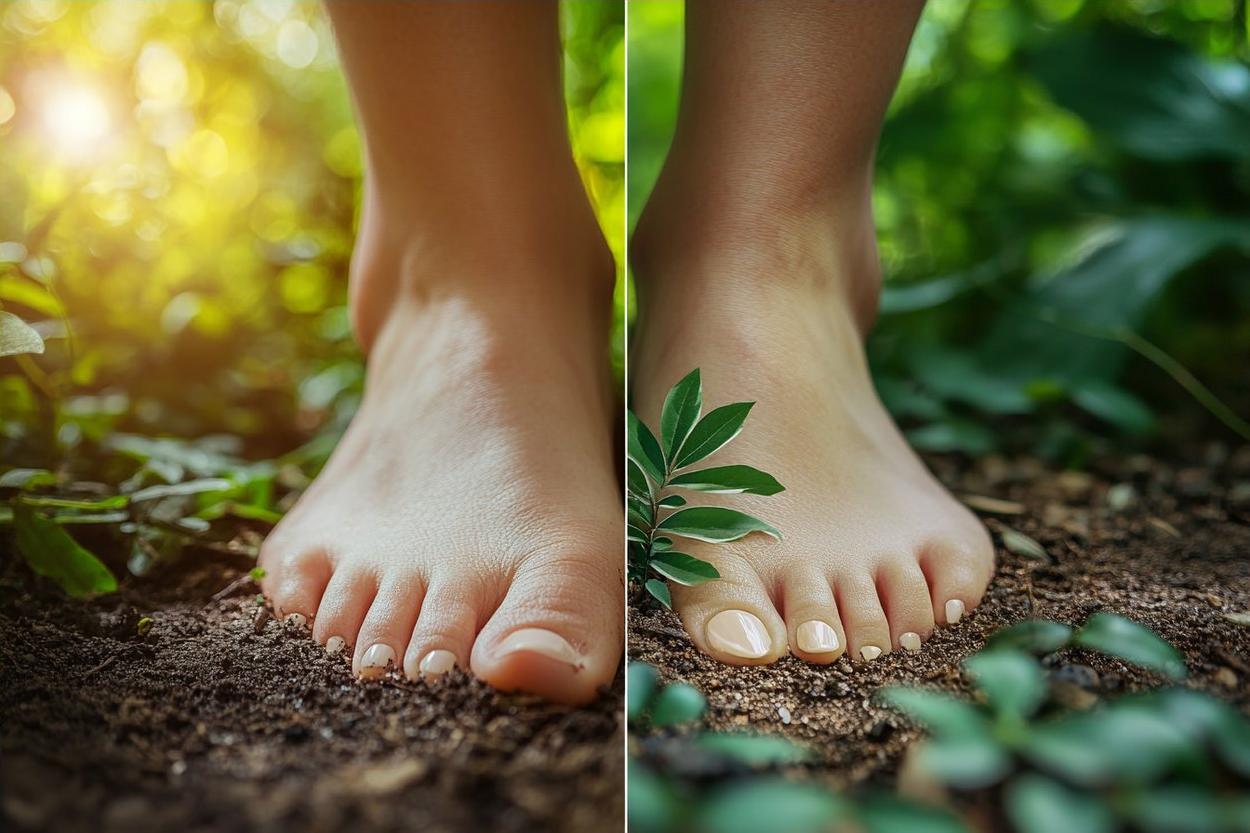Unraveling the Health Benefits of Grounding: A Comprehensive Guide
Have you ever felt a surge of calmness and tranquility when walking barefoot on the grass or sand? This might not be a mere coincidence, but a result of a natural phenomenon known as grounding or earthing. Let's delve into this intriguing concept and explore its potential health benefits.

The Concept of Grounding: A Historical Overview
Grounding, also known as earthing, is a therapeutic technique that involves doing activities that “ground” or electrically reconnect you to the earth. This practice relies on earthing science and grounding physics to explain how electrical charges from the earth can have positive effects on your body.
This concept isn’t new; it has been part of numerous cultures worldwide for centuries. Native American societies, for instance, have long believed in the healing power of the earth. However, it wasn’t until the late 20th century that grounding started gaining attention in the scientific community.
Grounding in Modern Health Trends
In recent years, grounding has been making waves in the wellness industry. More and more health experts are recognizing its potential benefits, from reducing inflammation to improving sleep. It’s also seen as a natural way to counteract the “electron deficiency syndrome” resulting from our modern lifestyle’s disconnection from the earth.
The Science Behind Grounding
The theory behind grounding is that our body can absorb negative electrons from the earth through direct contact with the ground. These electrons have antioxidant effects that can neutralize the harmful free radicals in our body.
Several studies have shown promising results. For instance, a 2012 review published in the Journal of Environmental and Public Health found that grounding could improve sleep, normalize the day-night cortisol rhythm, reduce pain, and decrease stress.
Benefits and Challenges of Grounding
Grounding offers several potential benefits. It’s easy to practice, requires no special equipment, and can be done anywhere there’s direct contact with the earth. However, more research is needed to fully understand its effects and potential challenges. For instance, some people might find it difficult to practice grounding regularly due to urban living or cold climates.
Grounding: A Blend of Science and Nature
While grounding is a simple concept, it’s a powerful reminder of our connection to the natural world. It combines the ancient wisdom of our ancestors with modern science, offering a unique approach to health and wellness.
Grounding in Practice: Tips and Tricks
-
Start with short grounding sessions of about 20-30 minutes.
-
The best grounding surfaces are sand, grass, bare soil, and concrete.
-
Try grounding first thing in the morning or before bed to start or end your day with a sense of calm.
-
If you can’t ground outside, grounding products like mats and sheets can be used indoors.
In conclusion, grounding offers a unique and natural way to potentially enhance our health and well-being. While more research is needed, the current evidence suggests that reconnecting with the earth might be a step in the right direction towards holistic wellness. So, why not kick off your shoes and give grounding a try? After all, it’s right under our feet.





